Spices are the heart of many global cuisines, and nowhere is this more evident than in the Middle East. Among the most iconic spice blends is Baharat (often marketed as "7 Spices" in Western contexts), a mix that carries centuries of tradition and flavor. Whether you're a seasoned chef or just beginning to explore the world of spices, understanding this blend can elevate your cooking and bring authenticity to your dishes.
Table of Contents
- What Is Baharat (7 Spices)?
- The Spices in Detail
- How to Use Baharat
- Practical Tips for Cooking with Baharat
- Buying Guide for Baharat
- Frequently Asked Questions
- Conclusion
What Is Baharat (7 Spices)?
Baharat (meaning "spices" in Arabic) is the traditional Middle Eastern spice blend commonly referred to as "7 Spices" in Western markets. While regional variations exist, this blend typically includes seven core ingredients that create a warm, aromatic foundation for countless dishes. Note that "7 Spice Arabic" is not a standard term used in the Middle East; it's primarily a Western marketing label for specific Baharat variations.
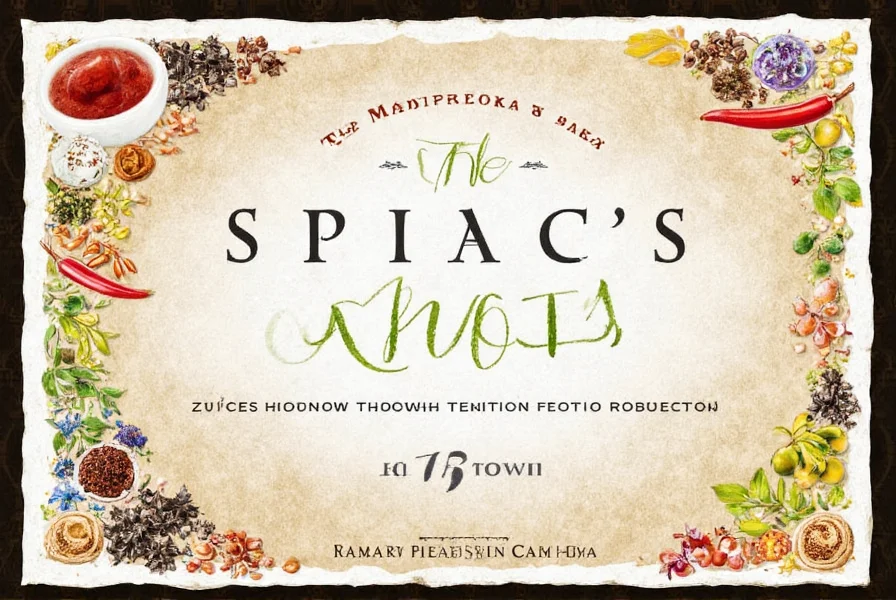
The Spices in Detail
Here's a breakdown of the core ingredients in traditional Baharat, with important context about regional differences:
| Spice | Description | Flavor Profile |
|---|---|---|
| Cumin | Essential base spice in most Middle Eastern Baharat recipes | Earthy, nutty, and slightly smoky |
| Paprika | Common in Westernized versions; less traditional in authentic recipes | Smoky, slightly sweet, vibrant color |
| Allspice | Core ingredient across all regional variations | Warm, sweet, and slightly peppery |
| Cloves | Used sparingly in most traditional blends | Strong, sweet, and slightly bitter |
| Nutmeg | Common in Levantine (Lebanon/Syria) versions | Warm, sweet, and slightly nutty |
| Black Pepper | Universal base spice in all authentic recipes | Pungent, sharp, and slightly spicy |
| Coriander | Traditional replacement for cardamom in most authentic blends | Citrusy, floral, and slightly sweet |
Important note: Authentic Baharat typically uses coriander instead of cardamom and often omits paprika. Cardamom appears in some Gulf region variations, but paprika is a modern Western addition. Traditional recipes rarely include both cardamom and paprika together.
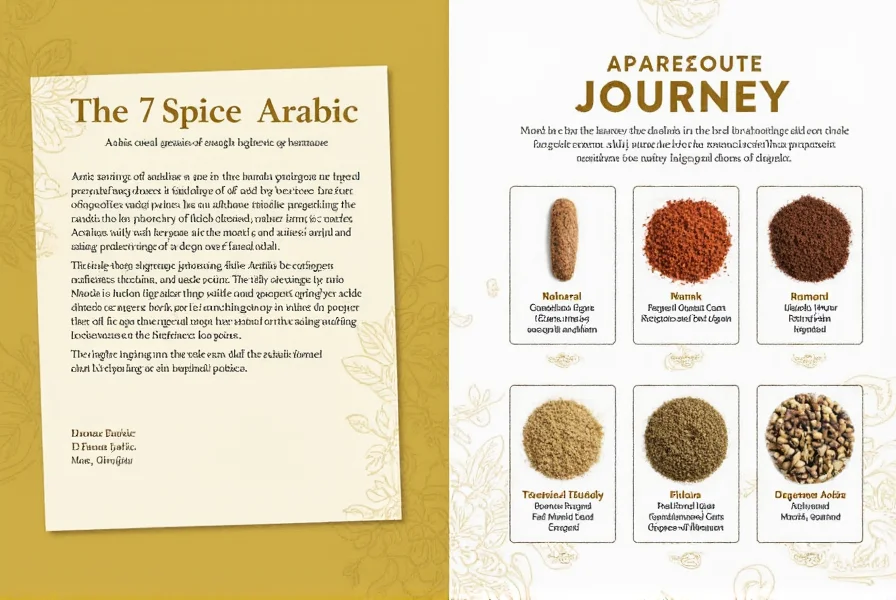
How to Use Baharat
Here's how to incorporate authentic Baharat into your cooking:
- Seasoning Meats: Rub onto lamb, chicken, or beef before grilling or roasting. Traditional Levantine dishes like Kibbeh use Baharat as a base.
- Enhancing Vegetables: Toss roasted eggplant, zucchini, or tomatoes with Baharat and olive oil.
- Adding Depth to Soups and Stews: Stir 1-2 teaspoons into lentil soups or tomato-based stews.
- Seasoning Rice: Mix into rice pilafs or biryanis for aromatic complexity.
- Marinades: Combine with olive oil, lemon juice, and garlic for authentic meat marinades.
Use sparingly at first - authentic Baharat is about balance, not heat.
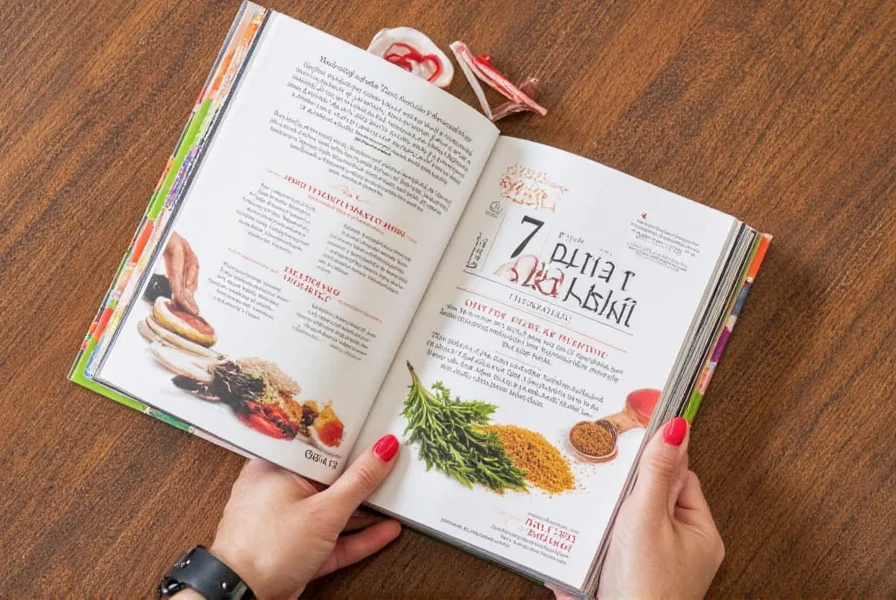
Practical Tips for Cooking with Baharat
- Traditional vs Westernized: For authenticity, use recipes that omit paprika and cardamom. Traditional Baharat uses coriander instead of cardamom.
- Toast whole spices: For maximum flavor, toast whole cumin, coriander, and black pepper seeds before grinding.
- Acidic balance: Pair with lemon juice or pomegranate molasses to enhance the spices' complexity.
- Storage: Keep in airtight glass containers away from light. Freshly ground spices retain potency longer than pre-ground.
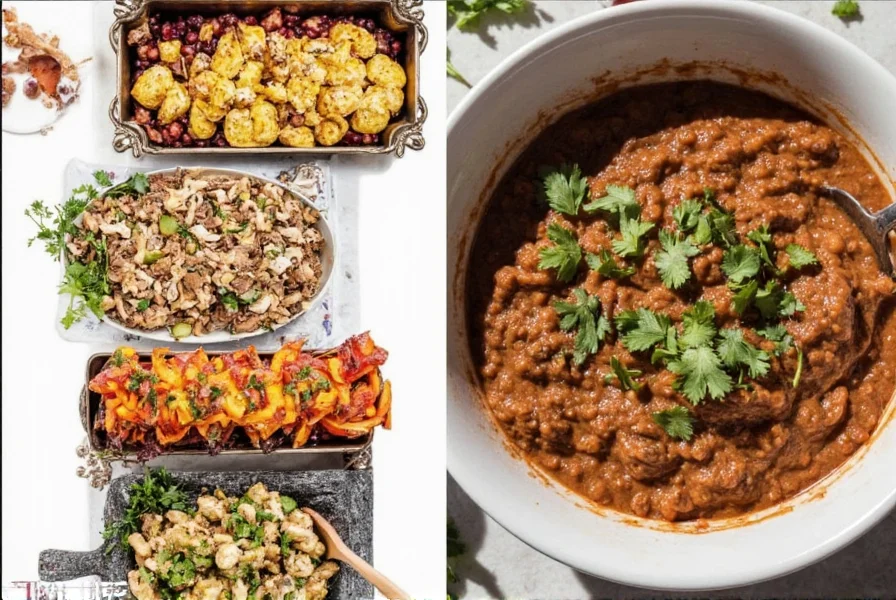
Buying Guide for Baharat
Authenticity Considerations
- Check ingredient lists: Traditional Baharat should contain cumin, coriander, black pepper, allspice, cloves, nutmeg, and cinnamon - not paprika or cardamom.
- Origin matters: Look for blends from Lebanon, Syria, or Turkey for authentic Levantine versions. Gulf region blends may include cardamom.
- Texture check: Authentic blends have uniform texture with no clumping or artificial additives.
When to Choose Westernized Versions
- For recipes requiring vibrant red color (paprika-based versions)
- When creating fusion dishes where cardamom complements the flavor profile
Target Audience
- Cooking Enthusiasts: Those seeking authentic Middle Eastern flavors
- Professional Chefs: Needing traditional spice profiles for authentic dishes
- Fusion Cooks: Those experimenting with Westernized versions for creative dishes
Frequently Asked Questions
Why is "7 Spice Arabic" not a traditional Middle Eastern term?
The term "7 Spice Arabic" is primarily a Western marketing label. In the Middle East, this blend is universally called Baharat (meaning "spices" in Arabic). Regional variations exist, but no traditional culture uses "7 Spice Arabic" as a name. Western retailers adopted this term to simplify the concept for international markets.
Is Baharat the same as Za'atar?
No, they're completely different blends. Baharat is a warm, savory spice mix used for meats and stews. Za'atar is a herb-based blend featuring thyme, sumac, sesame seeds, and sometimes oregano - typically used on flatbreads or as a seasoning for vegetables. The confusion arises because both are Middle Eastern, but they serve distinct culinary purposes.
What's the correct ratio for authentic Baharat?
Traditional Levantine Baharat uses: 2 parts cumin, 2 parts coriander, 1 part black pepper, 1 part allspice, 1 part cinnamon, 1 part cloves, and 1 part nutmeg. Paprika and cardamom are not traditional. For a small batch: 2 tbsp cumin, 2 tbsp coriander, and 1 tbsp each of the remaining spices. Toast whole spices before grinding for maximum flavor.
Does authentic Baharat contain chili heat?
No, traditional Baharat is not spicy-hot. It creates warmth through aromatic spices like allspice and cinnamon, not heat. Black pepper provides mild pungency, but no chili peppers are used. If you want heat, add cayenne separately - but this would deviate from authentic recipes.
How long does Baharat last, and how should I store it?
Properly stored in an airtight glass container away from heat and light, Baharat maintains peak flavor for 6-8 months. Whole spices last longer than pre-ground. For maximum freshness, buy whole spices and grind in small batches. If the aroma is weak when opened, replace the blend - this indicates loss of volatile oils.
What are the most traditional dishes using authentic Baharat?
Authentic Levantine Baharat is essential for: Kibbeh (Lebanese meatballs), stuffed grape leaves (Warak Enab), lamb stews (Fattet), rice pilafs, and grilled chicken. It's also used in spice rubs for shawarma and as a seasoning for roasted vegetables. Traditional recipes never include paprika or cardamom - these are modern Western additions.
Conclusion
Baharat is the true name of this iconic Middle Eastern spice blend, not "7 Spice Arabic." This blend represents centuries of culinary tradition across the Levant, with regional variations that maintain core ingredients like cumin, coriander, and allspice. Understanding these distinctions ensures authentic flavor in your cooking.
By using the correct terminology and traditional recipes, you honor the cultural heritage behind this blend. Whether you're making authentic Kibbeh or experimenting with fusion dishes, knowing the difference between Westernized versions and traditional Baharat will transform your culinary results.
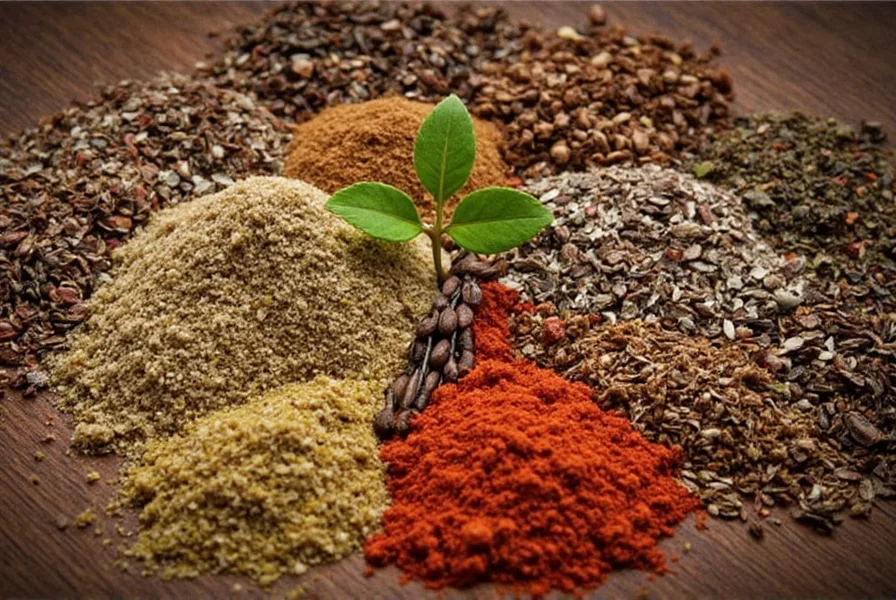
In short: When you see "7 Spice Arabic" on a label, it's actually referring to a Westernized version of Baharat. Seek authentic recipes and traditional ingredient ratios to experience the true essence of Middle Eastern cuisine.

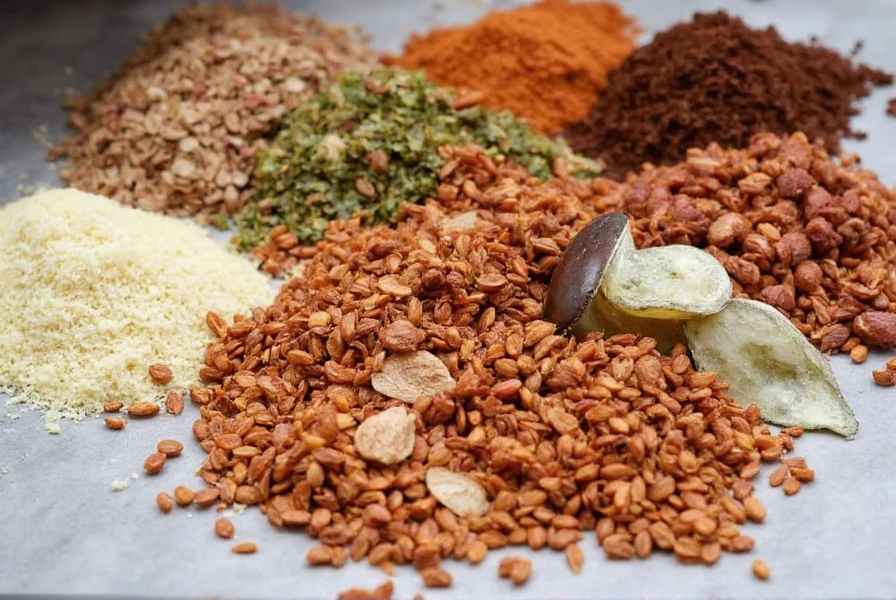









 浙公网安备
33010002000092号
浙公网安备
33010002000092号 浙B2-20120091-4
浙B2-20120091-4